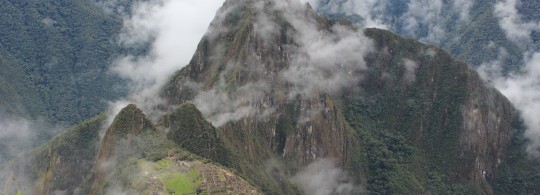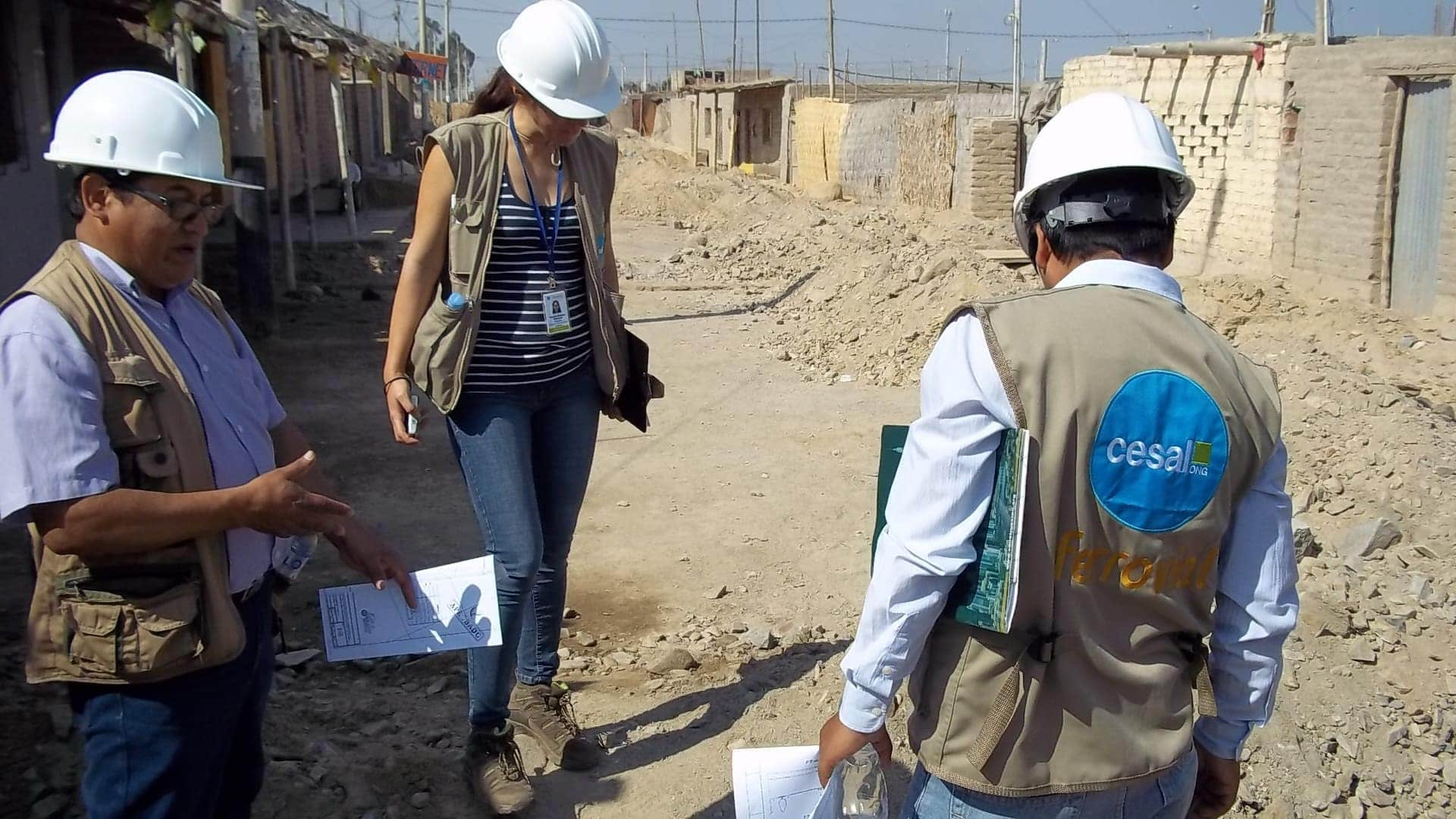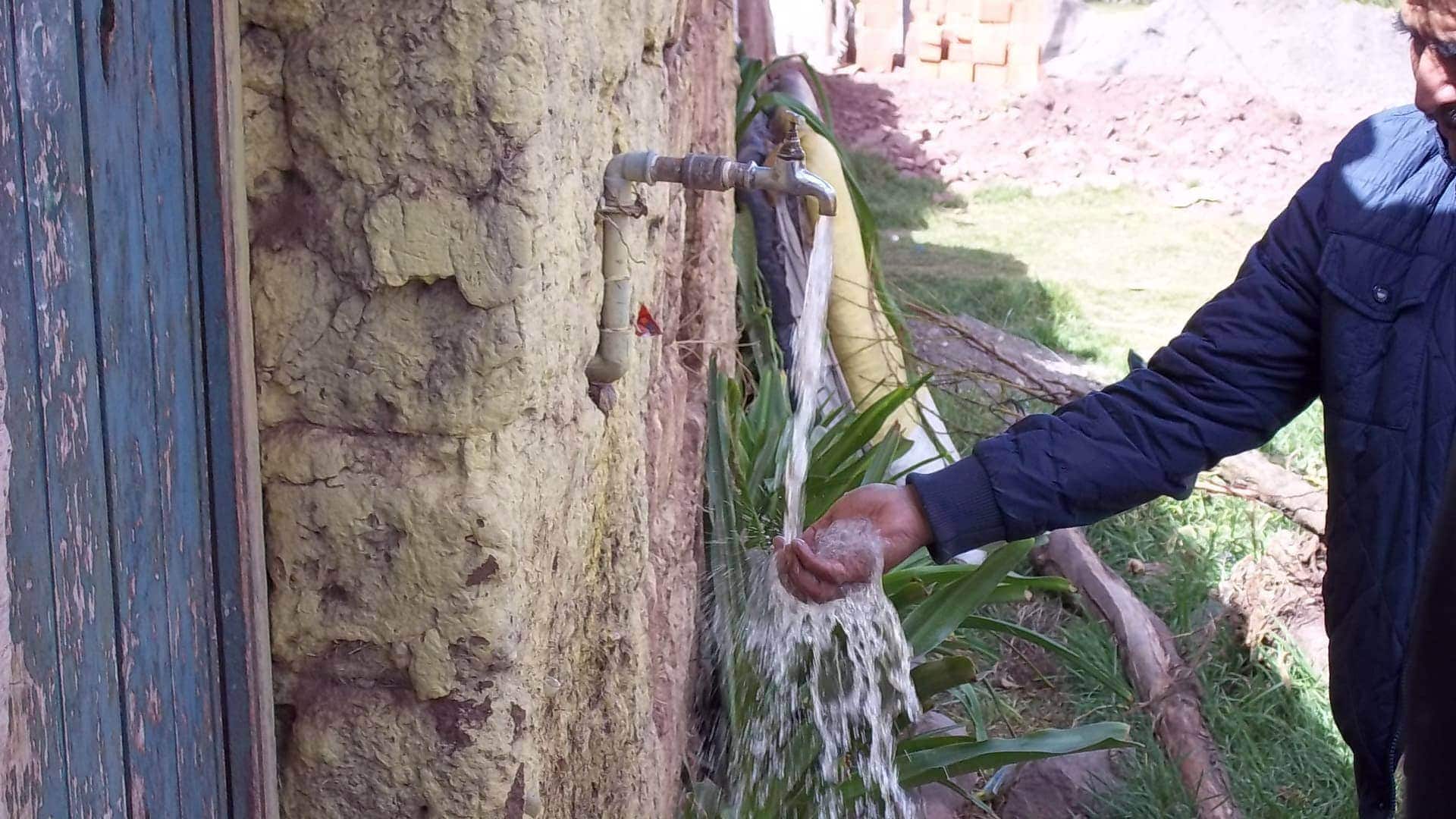
Peru is one of the countries with the greatest biological diversity and richness in mineral resources, and that, alongside growth in the services sector (which accounts for 50% of the country’s GDP), explains its position as the seventh economy in Latin America, with a GDP of 208,188m USD in 2014, according to the International Monetary Fund (IMF).
Furthermore, in the past five years Peru has achieved sustained annual growth of around 6.5%. Analysts forecast growth of 4.3% in 2015, and between 4.5% and 5% in coming years, a deceleration which would be the consequence of reduced demand for raw materials on the part of China, as well as due to a decrease in productivity.
Following decades of political turbulence and economic recession, the country has been able to recover and attain stability. This progress has been reflected in a significant reduction in poverty levels, which from 2004 to 2013 fell from 49% of the population to 23%.
To maintain sustainable progress, the measures supported by the Government of President Ollanta Humala Tasso include the development of new infrastructures, with the aim of generating greater growth opportunities, avoiding excessive concentration of economic activity in Lima, and accelerating decentralisation towards intermediate cities and thereby increasing opportunities across the whole country.
Plan for the development of infrastructures
It is as such that the ongoing trend toward stability and the improvement of the country’s communications and installations, as well as trade agreements with the US, China and the European Union, call for greater investment in infrastructures.
According to the Ministry of the Economy, the Infrastructures deficit stands at 121,000m USD. The Government has identified a portfolio of projects with the potential to be undertaken by 2021 which would practically breach this gap. These are, for the most part, associations of a public/private nature associated with roads, railways, ports and airports. Of these, the Government has announced that investments will be carried out totalling more than 20,000m USD over the next ten months.
This means good opportunities for Ferrovial, given that Peru is a country with established political and legal stability, providing solid guarantees for investors, attractive finance structures and complete transparency with regard to agenda when awarding project contracts.
To this we may add that the Government is working to strengthen and coordinate the public institutions in order to carry out its most ambitious plans.
- Of these infrastructure projects which remain to be put out to tender in upcoming years it is worth noting the motorway between Peru and Bolivia, worth 182m USD, or the project for section 4 of the Sierra mountain highway, measuring 970km, which is to be awarded for a minimum of 25 years.
- In terms of railways, we would highlight the construction of Lines 3 and 4 of the Lima underground train network, each at a cost of more than 5,000m USD. The project for Line 3 is scheduled to be awarded in late 2016, while Line 4 will be put out to tender in 2017. There is also a mono-rail project in Arequipa, worth 1,650m USD and the Trans-Andine Railway Tunnel, worth 2,000m USD and measuring 23km.
- Another field of important opportunities is focussed around the supply and management of drinking water, such as the Marca II Project in Lima, worth 620m USD, or the systems for the regulation of the water from the Chonta and Chillón rivers, worth 540m and 80m USD respectively.
With regards to water, it is important to highlight the work that Ferrovial, along with a range of NGOs, is carrying out in Peru within the framework of our programme of Social Infrastructures. Since 2012, both the company and volunteers have been involved in improving the living conditions of the country’s inhabitants through three projects to extend the supply of drinking water, thereby benefitting almost 8,000 people in the most underprivileged areas.
This is just a taste of Ferrovial’s intentions to contribute its experience and knowledge to benefitting the Peruvian people. It only now remains for us to wait to be able to extend our dedication to complex projects which will enable us to create value for many of the country’s inhabitants.







There are no comments yet